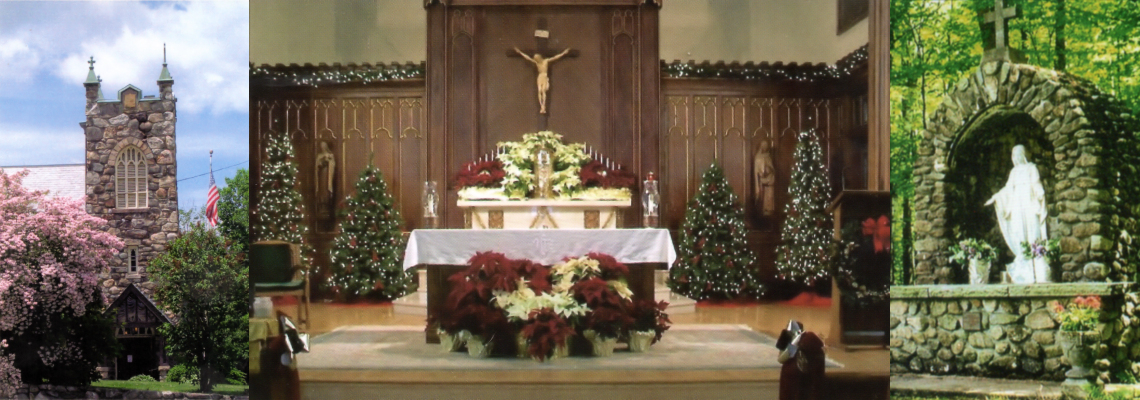An Apologetical Explanation of the
Canon of Sacred Scripture
How were the books of the Bible compiled?
All scripture is inspired by God and profitable for teaching, for reproof, for correction, and for training in righteousness. (2 Tm 3:16)
The teaching authority of the Church, through its reflection on Sacred Tradition, discerned and established which writings were inspired by God and therefore worthy of inclusion in the Old and New Testaments. “The Sacred Scriptures contain the word of God and since they are inspired, really are the word of God” (DV 24)
The canon of Sacred Scripture is not found in the text of the Bible itself, of course, but is part of the deposit of revealed truths entrusted to and handed on by the Church. Under the guidance of the Holy Spirit, the Church developed a list, or canon, of those books that were determined to be divinely inspired. Through Sacred Tradition, the Church knows the canon of inspired books with certainty. (Cf. CCC 120)
By the time of the Incarnation, the forty-six books that make up today’s Old Testament canon had already been written and appeared in the Septuagint (a Greek translation made by Jewish scholars in the third or second century BC). The Apostles and the early Christians used this version, even quoting it in the New Testament.
Late in the first century after the Resurrection of Christ, some Jewish rabbis in Palestine decided to exclude several books from their Scriptures because they were composed or preserved primarily in Greek or Aramaic rather than Hebrew. Christians had already been using and continued to use the full Septuagint, and they came to classify the books excluded by Palestinian Jews deuterocanonical (“of the second canon”) while those they shared in common are called protocanonical (“of the first canon”). (Cf. CCC 121-123, 128)
Besides the New Testament books we recognize today, there were numerous other “gospels” of the life of Christ, letters purportedly written by Apostles and other figures, and apocalyptic narratives in circulation. Some were of spurious origin, and others were tainted by false teachings or “revelations.” Many originated with the Gnostics, a heretical sect that claimed secret knowledge and visions in order to justify their beliefs. (Cf. CCC 120, 126)
By the third century most theologians and Church leaders agreed on the essential composition of the canon. In Rome AD 382 Pope Damasus and the Bishops established the canon of the Bible. The Pope then directed that the Bible be translated into Latin, the language of the people. This canon was subsequently endorsed by numerous local Christian councils and reaffirmed by the Ecumenical Council of Trent (1546) and the First Ecumenical Council of the Vatican (1870). (Cf. CCC 131-133)
Protestant reformers of the sixteenth century rejected the deuterocanonical books from their Scriptures. Most Protestant Bibles, however, continued to include the deuterocanonical books in a separate section until the twentieth century. Catholic editions of the Bible today include all forty-six Old Testament books and twenty-seven New Testament books. (Cf. CCC 138)
The Catechism addresses this question in paragraphs 120 and 135.
The contents of this page are Copyright © 2014 Rev. James Socias (of the Midwest Theological Forum). These apologetics are reproduced with written consent of said copyright holder for St Patricks Parish, Jaffrey, NH website only. Reproduction of any sort must be approved directly by said copyright holder.
To get a hardcopy of these Apologetics or the Didache Bible please visit the Midwest Theological Forum (publisher) at: http://www.theologicalforum.org
